Bee Extrait de Parfum by Zoologist Review
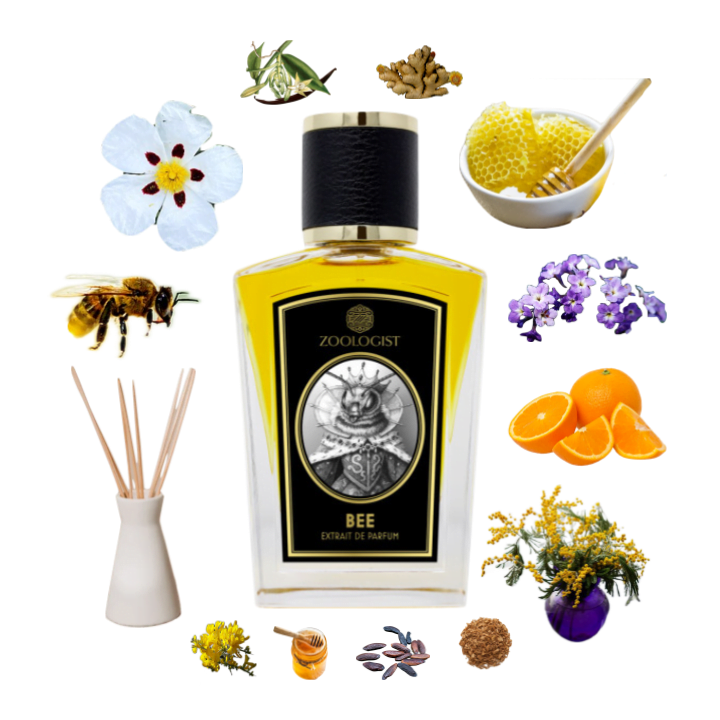
You know when you covet a purchase so intensely you spend every spare minute ogling it online, comparing reviews, looking at different options and distributors, thinking about it, imagining it, visualizing what it could be like?
That was me with Zoologist’s Bee. I was itching to try Bee so badly I ordered from a sample distributor I’d never tried before just because they had it.
I thought about it for weeks beforehand. I agonized about it. I entertained the idea of ordering myself a mini of the perfume to celebrate a personal accomplishment. I dropped incredibly esoteric hints to my boyfriend that he might order me a mini of the perfume to celebrate the personal accomplishment.
And then I finally got my hands on my coveted Bee. And then I didn’t sample it for another year and a half.
Why? Well, I’d ordered a ton of other things to sample along with it. But also… I’d built up Bee so much in my mind that no day felt good enough to crack it open. It felt almost holy, this half a milliliter of a thick golden liquid that I’d desired so intensely. I couldn’t bring myself to open it.
Until today. When something about the sunshine and arrival of spring, of bumblebees flying all around my apartment building, made Bee feel right.
So it goes, I suppose. Particularly with perfume houses whose concepts are as alluring as those of Zoologist. They’re so simple yet irresistible. Bees? I love bees! I’d love to try a perfume inspired by bees! And those rich grayscale storybook-style illustrations on the bottles just seal the deal.
And so here I am, finally sampling the bee-inspired perfume I’ve mythologized in my mind for so long. I’m trying my best not to expect anything impossibly gorgeous, built up in my mind over months and years of yearning. What’s that quote from The Great Gatsby?
There must have been moments even that afternoon when Daisy tumbled short of his dreams — not through her own fault, but because of the colossal vitality of his illusion. It had gone beyond her, beyond everything. He had thrown himself into it with a creative passion, adding to it all the time, decking it out with every bright feather that drifted his way. No amount of fire or freshness can challenge what a man will store up in his ghostly heart.
F. Scott Fitzgerald, The Great Gatsby
Sorry, I should shut up and get into the review already. I’m behaving like a recipe blogger.
The opening of Bee immediately makes me think of a dusty old thrift store. Not like Maison Martin Margiela’s Jazz Club. To me, Jazz Club smells like the gray, almost-herbal, almost-plastic dust of a Goodwill. No, this is a dense, smoggy, beige sort of dust. Like an independent thrift store that’s packed to the brim with stuff and hellishly carpeted.
It makes me think of a particularly fascinating overstuffed thrift store I encountered in a quaint American small town. Every nook and cranny stuffed with stuff, mostly not clothes, but books and plates and furniture and the like. Likely there were clothes on the upper floors, but I never got past around floor two and a half.
I don’t even know how many floors there were. The layout of the store was utterly nonsensical, claustrophobically dense and littered with teeny tiny stairwells that I suspect were not up to fire code. The entire first floor — which, ill-advisedly, contained all the fine china — was slanted at about a 30-degree angle, making every path through all the clutter effectively a ramp.
There were constantly stairs and ramps going up and down by half a floor, a third of a floor, up onto a sort of stage or down into a pit. Somewhere in the labyrinth, there was a very white room full of books with pointless stairs all around the walls like bleachers and a ceiling that felt at least two full floors high. At some point, a staircase descended downwards into what appeared to be an underground hallway connecting to other stores of used goods and small craft stalls.
It felt, in short, like a place from a nightmare. The claustrophobic, twisty, turny sort of place only the human mind could dream up.
The opening of Bee smells kind of like that.
The culprit is a heavy, musty, dark sort of incense, along with an overall sense of dustiness and age. Then, behind it, there’s an incredibly ripe sweet honey note, with something just a little animalic and dirty behind it. Not fecal, not civet-y, not like sweat. Just a lilting twist upwards at the end of the honey sweet accord, a question mark.
It’s a whisper of sourness that really makes the honey and beeswax accord stand up and come alive, feel fresh and real rather than dusty and stale.
And yet, despite the sheer vibrant yellow aliveness of the honey accord, Bee still feels overwhelmingly ancient, crumbling under the weight of so much dust.
Depending on perspective, this sense of something incredibly old can inspire either reverence or repulsion. The Pyramids of Giza probably feel quite like that horrible little thrift store on the inside, claustrophobic and dark and dusty and over-stuffed with treasures, laid out in a labyrinth designed to lead pilferers to their deaths.
For a second somewhere in the incense I’m reminded of nag champa, which makes me think of Nasomatto’s Baraonda, with its dry oak and whiskey on ambrette that sometimes feels to me like incense. But it’s more than that. Where that is dry, this one is musty, dusty, damp, and yet, paradoxically, more alive. It’s like an ancient crumbling building haunted by very active and lively ghosts.
Something in Bee makes me think this opening is shaped by spice before I ultimately name it as incense. Perhaps it’s even a little reminiscent of the little clove-scented tchotchke shop of Eau Lente. It doesn’t feel at all like ginger to me — ginger is too zingy, too bright, too fresh — but perhaps the listed ginger note imparts some of this effect.
After a few minutes I start getting over the shock of the musty incense and note a playdough-y sweetness that provides most of the cloying sugar of the honey illusion. It’s a bold dose of heliotropin. Perhaps as playdoughy as Dior’s Hypnotic Poison, even, but that plaudoughiness is buried and blended among other things here. It feels less glaringly obvious.
Some heliotrope notes, like the one in Lacoste Pour Femme, are subtle. They’re rich and creamy like vanilla ice cream but they’re polite. They like to play hard to get, darting in and out of your peripheral olfaction. Not so this one. This is a colossal dose of sweet doughy heliotropin, artfully suspended midair by pollen and honey.
I know many describe vanilla as prominent in Bee, but to me, that isn’t it at all. Very little here is reminiscent of true vanilla. Rather, that giant dose of fluffy doughy sweetness is all heliotrope. Nothing in it is boozy, or woody, or dark around the edges. Nor is it a pure overload of vanillin, thank goodness. It’s heliotropin, pure, overwhelming, powdery, doughy heliotropin, supported by a heavy dose of benzoin.
The benzoin lends a similar warm-but-not-vanilla sweetness, velvety and dry, that connects the incense and dust to the flowers.
Musty thrift store incense, an animalic sourness, and playdough. I am not selling Bee well, I know. But somehow, some olfactory accident happens in the middle of these three things that’s reminiscent of the sugary sweetness of honey.
Of course, that illusion is shaped by a strong dose of beeswax. The beeswax here is less candle-y and waxy than in Penhaligon’s Ruthless Countess Dorothea. It’s more honeyed and sunlit and alive.
It’s clever, leaning on beeswax so heavily to deliver a convincing illusion of honey. People talk about Bee as a honey scent, but honey isn’t listed as a note in the perfume by Zoologist. (Listed note pyramids are just marketing, but still.) But instead of trying really hard to perfectly and accurately convey that subtle prickly-sweet nuance of honey, Bee delivers a uniquely bright and lively beeswax. And that conveys the illusion of a beehive more than any sickly-sweet beehive ever could.
Also, something in Bee scratches at the back of your nose. Like pollen. It feels sharp and dusty in the nostrils. It’s like the faint scratching at the back of your throat when you eat grapes or milk chocolate. (Or is that just me?) It’s intensely textured but never overwhelming. I have no clue what it is, but it really adds an extra dose of scratchy pollen-y beehive realism.
I don’t really know what the “royal jelly accord” in this as described by Zoologist is supposed to be. I have not smelled nor eaten royal jelly, the substance bees feed their young grubs. Searching the Internet I see many describe it as bitter or sour or smelling like spoiled milk. Other descriptors include astringent, dry, and spicy acidic-sweet.
A spicy acidic sort of sweetness is definitely at play in shaping Bee, and I think that’s the most likely interpretation of the royal jelly concept for perfumer Cristiano Canali to follow.
Hints of yellow floral mimosa and broom round out the edges of the heliotrope, make it more honeyed and golden, blend it in with a smooth sunshiney transition, but the heart of the floral notes here is, without a doubt, heliotrope.
Orange blossom? Maybe it’s buried in there somewhere for an extra dose of indole, but I honestly don’t get any.
Is it powdery? It might be(e). Somewhere between musty, floral, and sweet, a textural simulacrum of powder is bound to pop up for some. It’s not my overwhelming first impression of Bee, but that heliotrope-laden heart and dark dustiness of the incense could well read powdery. It certainly scratches and scrapes at the back of my nose like powdery pollen.
I wore Bee on a bright, sunny and warm-but-not-too-hot spring day. I was surprised how heavy, dark, musty, and stuffy it felt. I guess despite its Extrait concentration and countless warnings about its potency, I’d expected something airier, lighter in texture, a singing melody of honey and flowers that would float along on the breeze like a bee.
Everyone said Bee is a warm scent for winter. Headstrong, I chose to bee-lieve in my own vision of the floating celebratory sunny honey scent of spring.
But Bee is something heavier, thicker, darker, far more textured than that.
As time goes on, Bee gets more powdery. The heavy incense fades away, the doughy heliotrope remains, and things turn more and more into a lighter, drier, powderier honey note. It remains distinctly Bee, with its alive sour and animalic twist on honey, but it starts to feel just a little like a more convenional honey note in a mix. It makes me long for something to contrast against it, some bouquet of secondary notes. Perhaps a rose.
But it seems the dusty, itchy pollen effect increases as time goes on. It’s a scratchy, dusty, powdery pollen-and-honey scent tinged with flowers and doughy sweet heliotrope. And I still can’t entirely shake the impression of a dusty thrift store. Traces of beeswax candles and incense and dust, all packed into an ancient crumbling building that’s definitely not up to code.
Is Bee sweet? Yes, most definitely.
Cloyingly sweet? Some may say so.
Sickeningly sweet? Not to me. It feels too sweet to be something I’d often wear, but the sweetness in Bee doesn’t bother me as it does in many other perfumes. Here it feels natural, like it belongs. It’s blended with waxiness and that faint animalic sourness, the mustiness of incense and the dustiness of pollen, and it feels cohesive to me, not too heavy on the sweetness, even though it is definitely sweet. There’s enough stuff of interest going on that the sweetness here isn’t a pile of compensatory sugar as it is in many designer perfumes.
When I was little, my favorite foods were sweets. It seemed that food had to be sweet to taste good. Then I got older, and started finding other flavors besides sweetness quite delicious.
A complex, well-blended fragrance is pleasurable like an excellent salad or burger or soup or glass of cool minty lemonade on a hot summer day. A fragrance that doesn’t have a lot of complexity, originality, nuance, or even any real central idea to offer will compensate with sweetness. Even a sweet Walmart cookie of relatively low quality in its ingredients will taste passably good to most people. Because it’s sweet.
Bee doesn’t do that. This isn’t an overdose of sweetness poured in because the focus groups like it. There’s an intentional idea here, and a corresponding metered quantity of sweetness that feels natural nestled in among the flowers and the beeswax. It doesn’t feel like sugar cubes were thrown into the beehive.
On my skin, the animalic notes in Bee develop and bloom over time. They get progressively muskier, releasing urine-like nuances and forming a sweet-and-sour cloud of honeyed musk. How much this side of Bee will present on you is highly dependent on skin chemistry.
Though it’s not something I’d wear every day, I do enjoy the musky animalic nuances of Bee. It reminds me just a little of a time I was wearing a KN-95 mask and entered a theater bathroom that stank subtly but unmistakably of urine. Afterwards there was this rich, animalic, musky urine scent in my mask that somehow wouldn’t leave. I asked my boyfriend to smell it and he picked it up too. It was fascinating, unlike any animalic note I’d smelled in perfume, but, at its volume and that close to the face, it quickly grew insufferable and I threw the mask away.
Incredibly, Bee has a bit of that musky urine note, blended against a smooth unprocessed beeswax in a way that makes it come to life, a vibrant yellow rather than a dull beige.
That urinaceous muskiness isn’t overwhelming, but it’s an integral part of Bee on my skin, an undercurrent that injects life and adds impressive dimensionality to the incense, flowers, and beeswax. It’s what really makes the perfume come alive, and it’s what melds it into an envelope of musk that feels regal and hormonal and innate, a powerful, mystic sort of “my skin but better” effect where you know there’s no way their skin actually smells like that, but the perfume just feels so much at home on them that how can it not be?
Actually, everything in Bee seems quite dependent on skin chemistry, perhaps more than many other perfumes. Beautiful orange blossoms and beehive or musty honey-scented skincare products or a Chinese temple or a cheap urinal cake? Your dominant impression could be any of these, or something else entirely. It depends entirely on you. Which is one of many reasons I encourage people to never blind buy full bottles of perfume. Always sample first.
Though the heliotrope is just a touch vanillic, it’s a relief to me to smell an interesting sweet perfume that isn’t just an overdose of vanilla. Vanilla is such an easy crutch, after all, for making a perfume likable, that it’s arguably in far too many of them. It isn’t in Bee, and that suits me (and Bee) just fine.
I get no orange note in Bee. Nor do I detect any ginger syrup, unless it contributes to the instantaneous illusion of spice in the very first moments of the opening.
Bee is largely linear. It gets muskier and less incense-heavy as time goes on, but the overall shape remains similar.
By three hours in the doughiness of the heliotrope has largely faded to the background and most (but not all) of the incense is gone. This is Bee, declawed. In many ways it’s the light and airy honey fragrance I went in expecting, and I find myself becoming quite fond of it. It’s a faint sweet honey blanket all around me, something gauzy and alluring that makes me feel rare and precious and delicious.
Previously I’d been convinced Bee was categorically not my thing — too sweet, too heavy — but this phase somehow just makes me feel so incredibly special and precious. Like I’m wearing an impossibly dynamic, realistic, dimensional honey scent you couldn’t possibly smell on anyone else. Like I’m the one queen bee, the most uniquely precious thing, here to be showered with adoration.
At the very end, that sense of magic finally fades to a faint, impressively tenacious beeswax scent.
It’s quite realistic, too. In the very late drydown, my boyfriend came home and sniffed me. He’d really liked the sweet, heliotrope-laden opening of Bee, even when I’d been unsure about it. Now he said I smelled like church candles.
The final faint beeswax phase didn’t particularly charm him, but I found it familiar and comfortable, a serene sort of scent to cuddle up in for one’s own pleasure. Still, I miss the earlier muskiness of Bee, the intoxicating richness of the animalic notes and honey. That’s what makes me want to reach for Bee again and again.
The base notes of sandalwood, tonka bean, and vanilla never become main players. They add depth to the intense cloying sweetness of Bee, building out a general sense of amber, but they’re not the stars of the show.
Rather, this is a a very benzoin-heavy amber to my nose, sweet in a way that’s sticky and deep and powder-dry and almost cinnamon-spicy. The helping of labdanum is generous, too, contributing to that sweet-and-sour animalic muskiness that defines the drydown of bee.
Bee is cool. Not temperature-wise. In that sense, Bee is quite warm. But Bee is neat.
Bee was a sample I coveted for a long while, obsessively reading every review. There were so many saying it was interesting but not for them, too sweet, too rich, too powerful. I was so sure I wouldn’t be one of them, but, alas, I am. Bee is too heavy, musty-textured, darkly incense-y, and heliotrope-colored for me to wear at all regularly. It makes my nose itch a little.
But I still think Bee is cool. A feat in the face of nondescript sugary honey notes galore. A busy, powerful, dense and textured sort of smell, a confident smell, perhaps — and this is buying into the marketing hook, line, and sinker — a regal smell.
To me, this is the smell of a gorgeous self-possessed woman who runs a dark crystal shop full of mystery and dust. And, once the most intense three hours or so are up and all that remains is a rich honey musk rising from my skin, it makes me feel like the gorgeous manic pixie dream girl some poetic and rather self-absorbed film protagonist is obsessed with, the one he ultimately can’t have because she’s like a butterfly that just can’t be pinned down, too attached to her vibrant originality and freedom.
It makes me think of waking up in sheets that are both sweet and musky, that are tangled but cool, with just enough light coming in through the window. It’s beautiful in a way that uniquely straddles the line between delicate and deep, such that the only word I can think of is precious.
As it fades in a largely linear manner, I’m continually impressed by the depth and vibrance of this sweet honey musk, how alive and three-dimensional it feels, how each breath feels like a dive headfirst into an incredibly deep well. That continued richness and depth is, to me, the most special thing about me.
So often, honey is a flat sugary scent. But Bee has a twist that makes it feel so incredibly bright yellow and alive. That sprinkling of faint animalic, sour, and acidic notes, heliotrope and dust, remnants of incense and traces of spice… it all comes together to create a honey that positively pops off the page. It’s so vibrant and deliciously alive. Combined with the sweetness and progressively increasing muskiness of the scent, that makes for a fantastically sensual and unusual wearing experience.
But it takes a stronger woman than I to embrace that opening as a signature — though what a distinct, bold, unapologetic sort of signature it would be. There’s something positively pharaonic about it, rich and spooky and dark and old, like rare and precious things hidden in pyramids of stone. For me, it’s too rich, too dense, too powerful and textured. I don’t feel strong enough, like a queen enough, for Bee. But it’s for someone, and it may well be(e) for you.
This being an Extrait de Parfum, the performance of Bee is nothing to complain about. Just a tiny drop of it is plenty strong, and with how thick, smoggy, and dense the scent can be, less is arguably more. The longevity is also good, lasting at a substantial volume level for seven to eight hours on my skin. For an extrait, I might expect something that lasts a little longer, but the fact is that seven to eight hours is perfect for Bee. If it lasted interminably, I might have gotten complacent or sick of it. As it were, I’m left wanting more.
As I said, I wore this outside on a warm and breezy spring day, the air laden heavily with bees. For the record, the bees did not attack me, nor did I attract any particular interest from them. Wasp, on the other hand… This isn’t the sort of perfume I’d want to wear around them. Anything sweet is dangerous with wasps.
And how can I review a bee perfume without referencing the excellent book The Bees by Laline Paull? This did not feel exactly like the scent of that hive — Bee feels too musty and heavy and old — but a certain sense of ancient religious reverence, of sweetness and beauty and love, feels right at home in the world of the book.
Bee is great if you want a heavier, more substantial and textured take on honey than most. If you love honey and heliotrope and aren’t afraid of a little mustiness and grit, a little playdough and urine, a load of incense and wax.
If you’re looking for a light and airy honey perfume, though, or something candy-like in its sweetness, Bee is not for you. This is no guileless sweet girl’s honey perfume, like Jo Malone’s fruity Nectarine Blossom & Honey or Love & Toast’s syrupy Honey Nectar or even Liz Claiborne’s flirty oddball, Curve Chill.
This is the queen bee. And there’s lots about that role that is beautiful, but there’s plenty that’s repulsive, too. Above all, it is powerful. But power manifests in all sorts of ways, from the menacing whisperings of faraway ghosts to the manipulative charms of someone incredibly precious and rare.
This is not a gourmand. It’s too thick and musty and weird. Nothing about it feels edible. But, if Bee is meant for you, something about it will feel just a little divine.
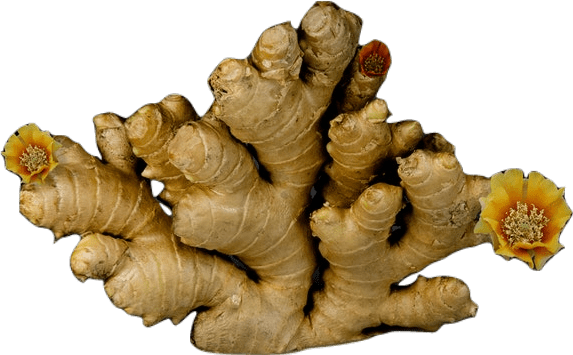
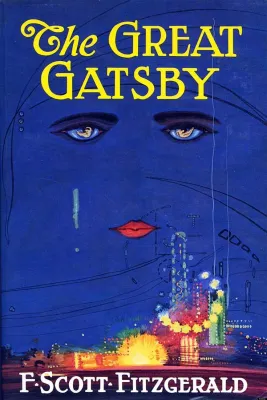

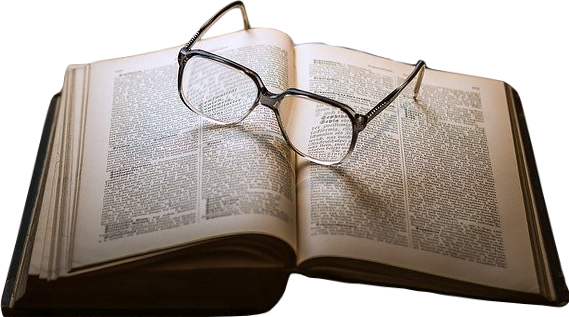
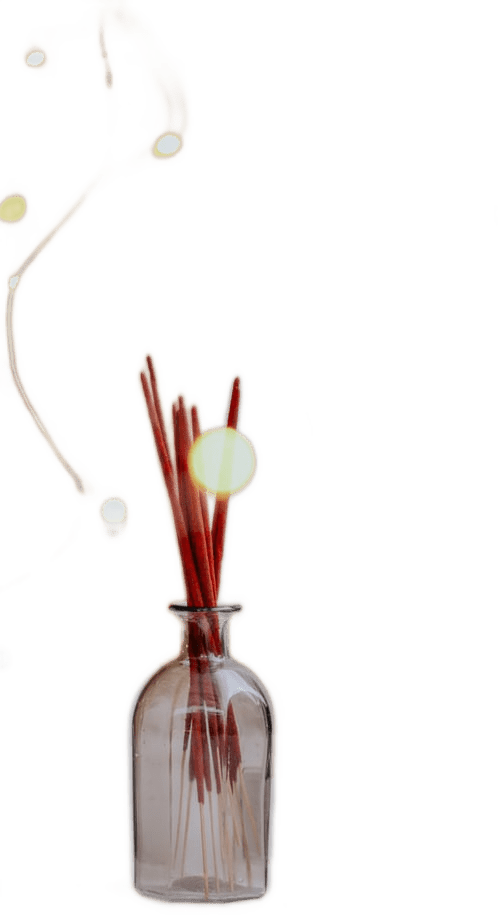
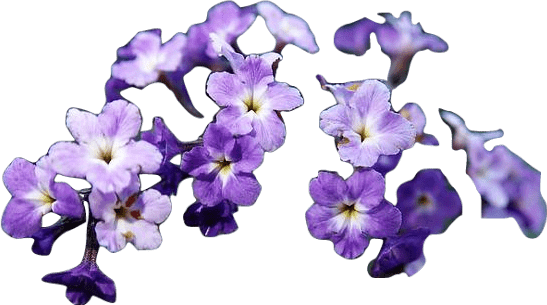
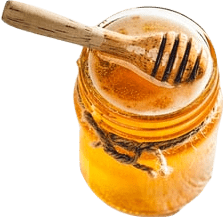
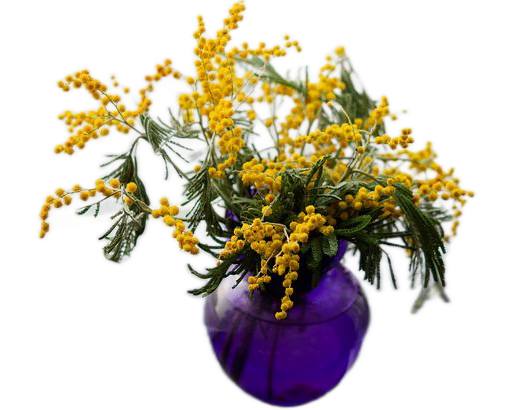
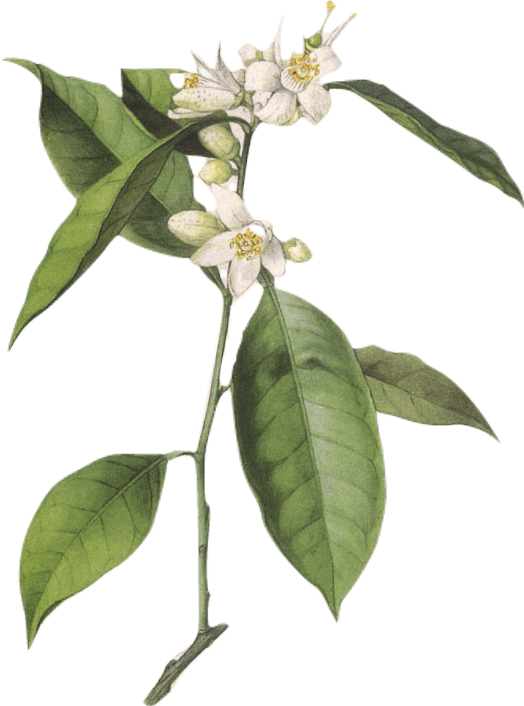
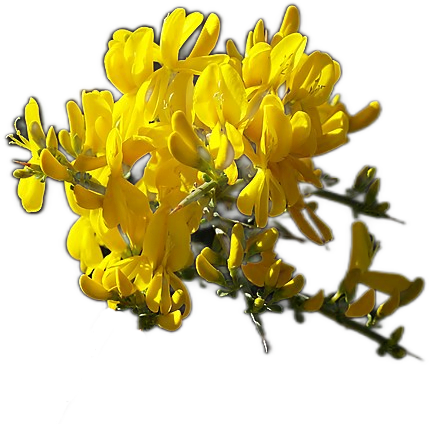
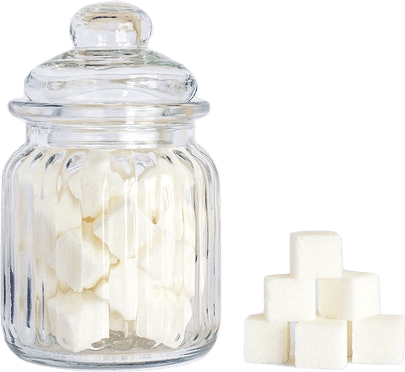
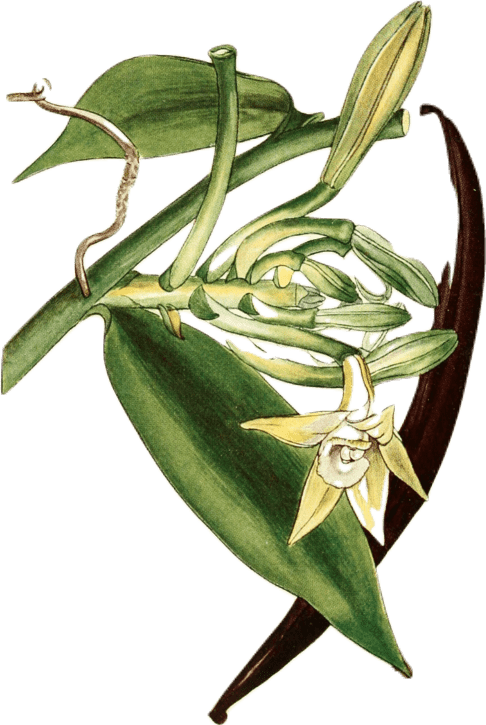
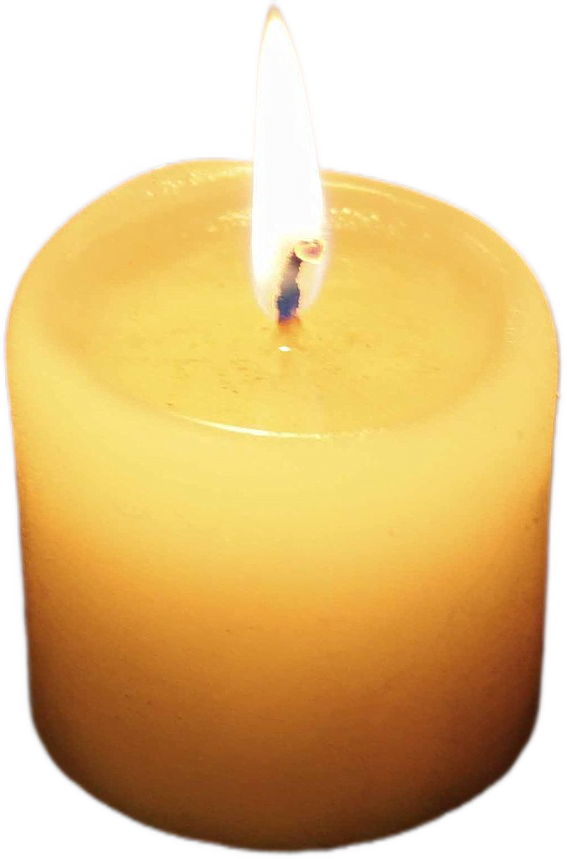
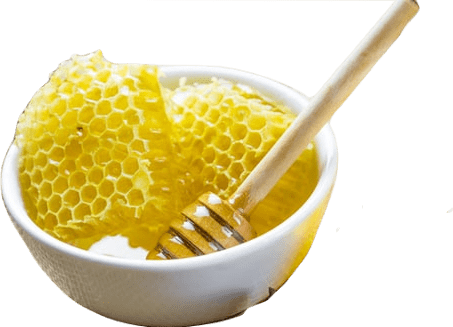
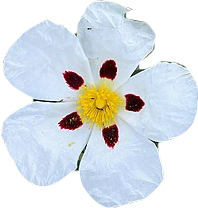
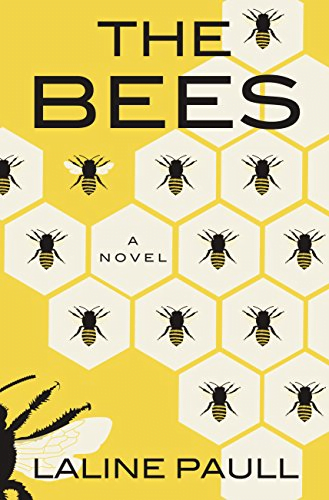
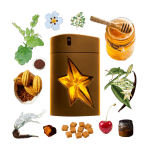
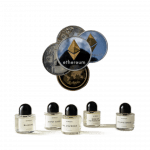
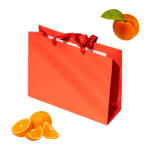

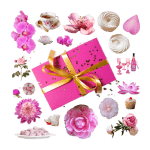
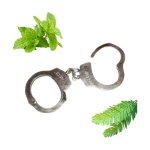
4 thoughts on “Bee Extrait de Parfum by Zoologist Review”